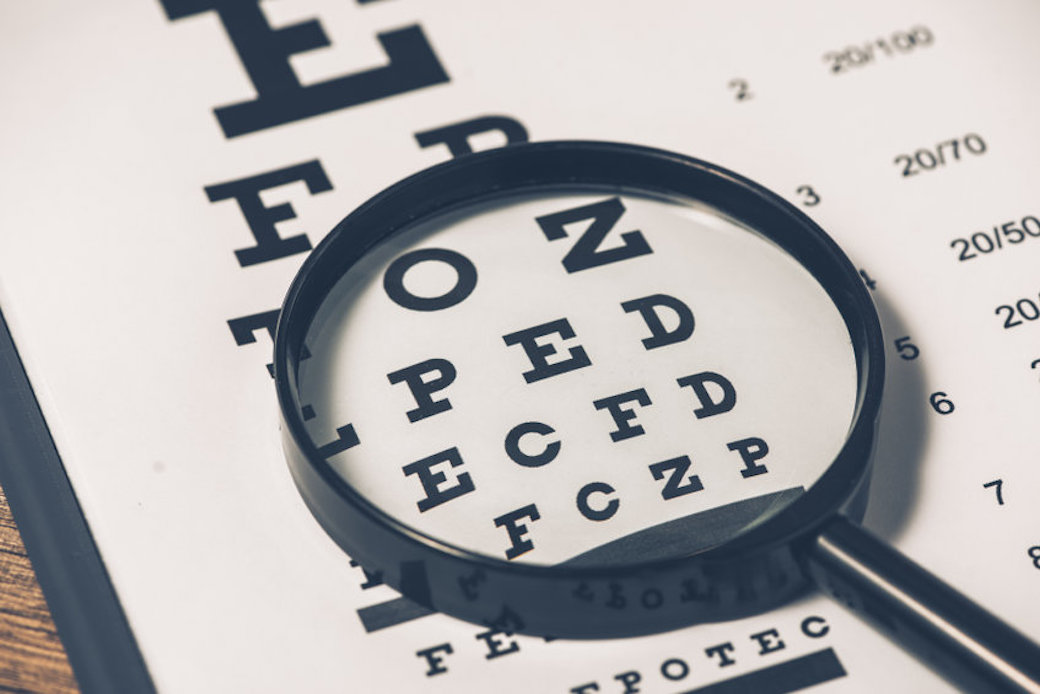March is national save your vision month
Saturday, March 1, 2025

Many vision conditions and diseases can be spotted with a comprehensive EyeMed exam. An eye exam can also detect general health conditions such as diabetes, high blood pressure, high cholesterol, and more.
How do these pictures look to you?

Myopia (Nearsightedness)
- Cannot clearly see objects at a distance
- Most common vision impairment in people under 40
Symptoms may include: difficulty seeing distant objects, squinting, and headaches caused by eyestrain.

Hyperopia (Farsightedness)
- Cannot clearly see objects close up
Symptoms may include: difficulty seeing close objects, squinting, and headaches after tasks that require you to focus on a nearby object.

Glaucoma
- Optic nerve damage that may cause vision loss
- Gradual, so may not be perceived until it’s at an advanced stage, but can be slowed with early detection
Symptoms may include: severe eye pain, nausea and vomiting, sudden vision problems, reddening of the eye.

Diabetic Retinopathy
- Occurs in diabetics when there are changes in the retina’s blood vessels
- Often goes undiagnosed because initial symptoms are hard to detect
Symptoms may include: floaters or blurriness, dark areas of vision, difficulty perceiving colors.

Presbyopia
- Occurs when the central portion of the retina deteriorates
- Often detected during an eye exam before changes in vision even occur
Symptoms may include: distorted or wavy vision, gradual loss of color vision or decreased, color brightness, blurry or blind spots in the center of your field of vision.

Cataracts
- Cloud the lenses of the eye like looking through a fog
- Typically age related and develop slowly
Symptoms may include: clouded or blurred vision, sensitivity to light and glare, fading or yellowing of colors, frequent changes in eyeglass prescription, increasing difficulty with vision at night.

Macular degeneration
- Often described as fuzzy vision
- Naturally occurring, age related, usually after age 40
Symptoms may include: trouble reading small print or in low light, and trouble focusing on objects that are close.
This is only a brief overview of some medical diseases and conditions, not a medical diagnosis. Schedule an eye exam with your eye doctor.
To find an EyeMed provider, visit MyTeamCare.org/Find-A-Provider or download the MyTeamCare App. On the EyeMed website and choose the Select Network to begin your search. Consult your Plan Benefit Profile if you are unsure if your plan has Vision Benefits.
